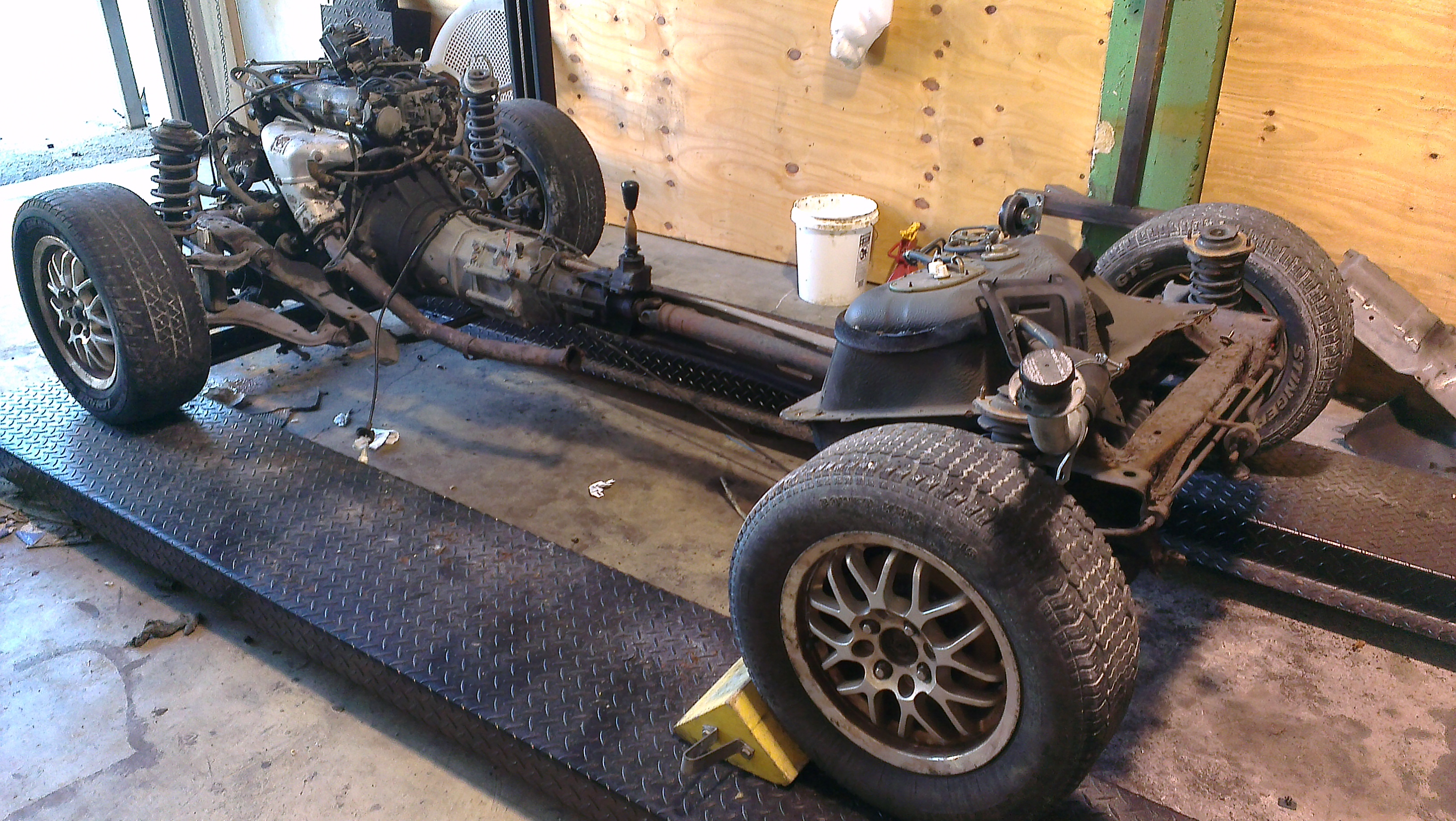Originally Posted By: CapriRacer
Originally Posted By: user52165
......Do the math. A car/small truck tire vs a big rig. It's tire rpm per mile that counts. There are calculators available. Size - in this case circumference - matters.
But over the road truck tires and over the road truck wheels are harder to manufacture and are worse for balance and uniformity than passenger car tires and wheels. So those properties may offset the gain for the change in Revs Per Mile.
Besides, I really really think this has more to do with the characteristics of the suspension, specifically the resonant frequency. Passenger cars don't really vibrate until you get to that frequency (or at least wheel end vibrations don't cause issues until you get to that frequency).
Pu another way, If cars never exceeded 45 mph, you wouldn't need to balance either.
When you link the resonant frequency to any wheel or tire vibrations, are you also saying that a car's frequency is dependant on spring rates? If so, can a car with well balanced tire/wheel combonations still show vibration issues if say the front end springs are getting weak? Would that lower the speed threshold of vibrations occuring or just increase the likelyhood of vibrations? Assume that all of the suspension components up front are new and good. Thanks.
Originally Posted By: user52165
......Do the math. A car/small truck tire vs a big rig. It's tire rpm per mile that counts. There are calculators available. Size - in this case circumference - matters.
But over the road truck tires and over the road truck wheels are harder to manufacture and are worse for balance and uniformity than passenger car tires and wheels. So those properties may offset the gain for the change in Revs Per Mile.
Besides, I really really think this has more to do with the characteristics of the suspension, specifically the resonant frequency. Passenger cars don't really vibrate until you get to that frequency (or at least wheel end vibrations don't cause issues until you get to that frequency).
Pu another way, If cars never exceeded 45 mph, you wouldn't need to balance either.
When you link the resonant frequency to any wheel or tire vibrations, are you also saying that a car's frequency is dependant on spring rates? If so, can a car with well balanced tire/wheel combonations still show vibration issues if say the front end springs are getting weak? Would that lower the speed threshold of vibrations occuring or just increase the likelyhood of vibrations? Assume that all of the suspension components up front are new and good. Thanks.


